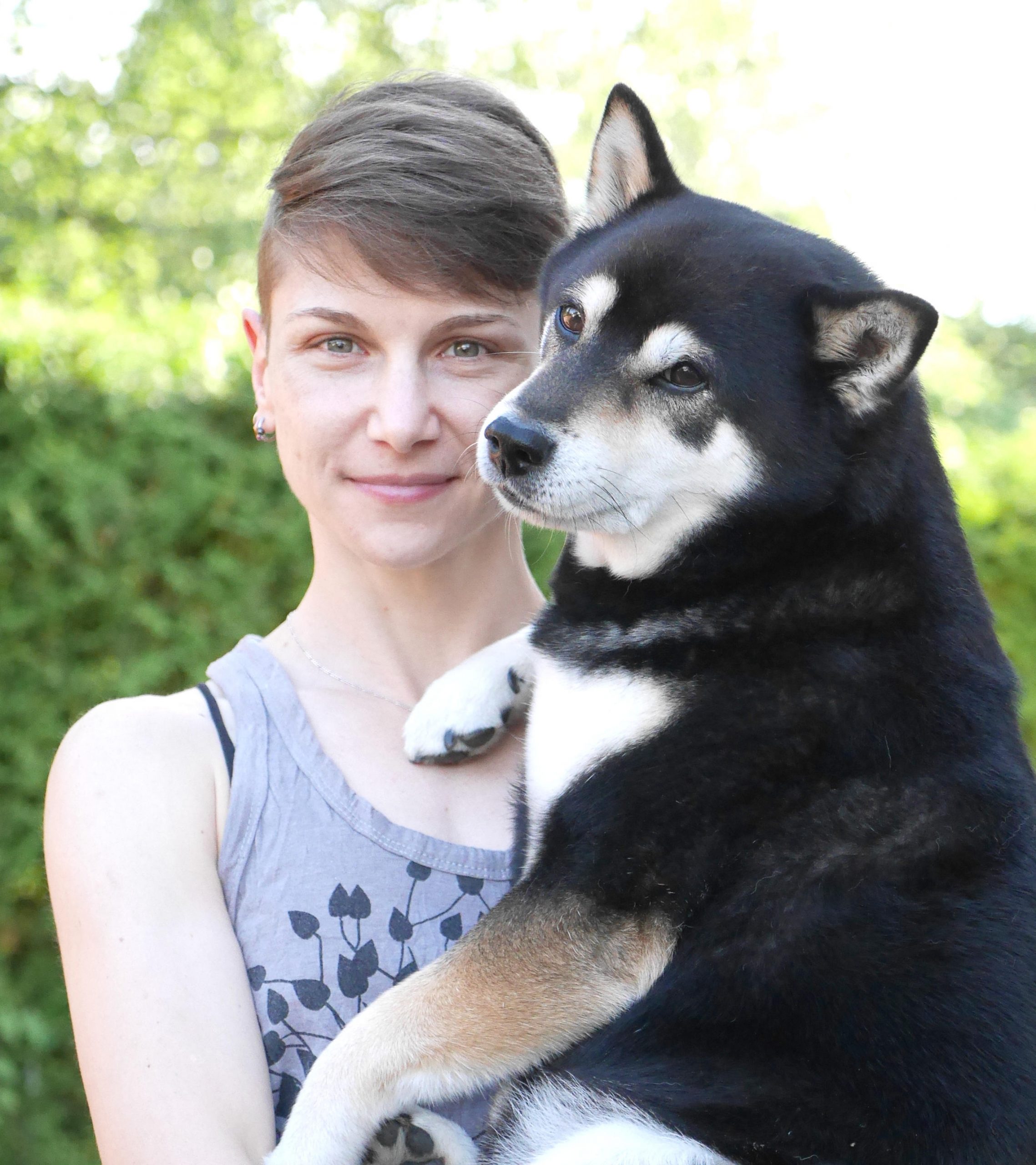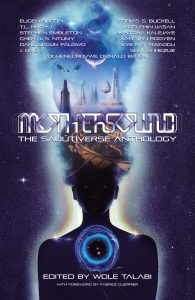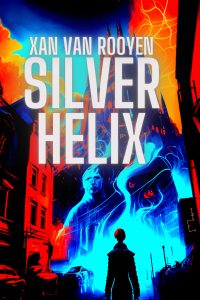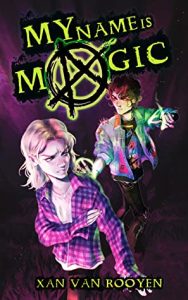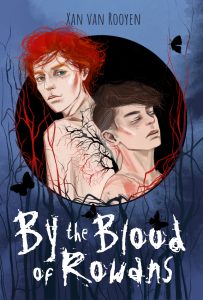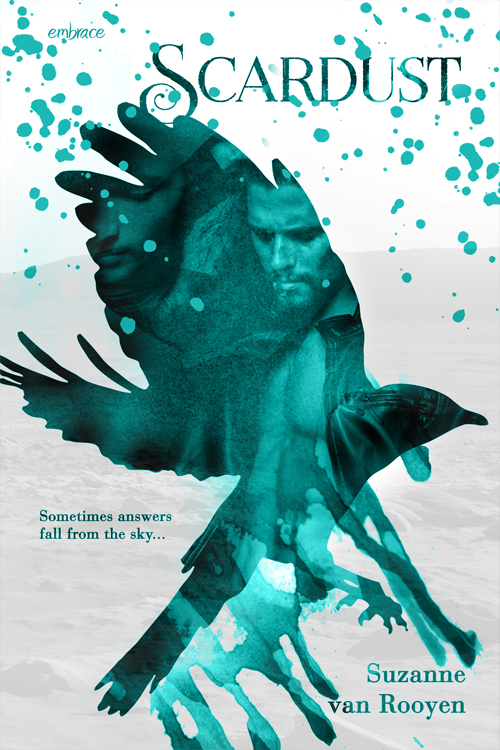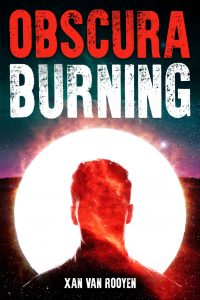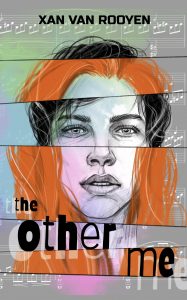 Recently this question came up in my online critique group and it really made me think. How do I develop my characters and how do I recognise the development of my characters when changes are so gradual?
Recently this question came up in my online critique group and it really made me think. How do I develop my characters and how do I recognise the development of my characters when changes are so gradual?
Whenever I start out with a new project, there are a few questions I ask myself about each of my characters, including the antagonist.
1. Who are you now?
2. What do you want?
3. Who will you be by the end?
Let’s break those down a bit…
1. Who are you now?
This is the fun part! To answer this question I look at character sheets (there are tons online) and start building a profile from various interview type questions. This stage also includes physical attributes (eye colour, hair colour etc.) but that’s not what’s most important. What’s important here is understanding your character’s strengths and weaknesses and how these may come into play during the plot. For example, you’ve got a character who is fiercely loyal (try to say why the character is this way, what is the backstory) so during the story this character’s loyalty could get them into trouble or their loyalty could save the day. Think about everything that has made you who you are – some of it is life experience, some of it is circumstantial and some of it is deliberate choice. Your characters need to be the same complex sum of parts to feel real.
2. What do you want?
Kurt Vonnegut said “Every character should want something, even if it is only a glass of water.” The wants, needs and desires drive the story forward, informs the character’s decisions and choices and can be the plot itself. (Think of story tropes involving a MacGuffin that an entire cast of characters wants!) These wants can also cause conflict, for example, in Maggie Stiefvater’s The Scorpio Races both protagonists, Sean and Puck, want and even need to win the annual horse race for completely different reasons, neither more or less important than the other. As readers we are equally invested in these characters and want them both to succeed, but they can’t. Only one can win, which means one must fail and that creates perfect page turning conflict.
3. Who will you be by the end?
This question is more for the author since unless a character has a very clear idea who they want to be (for example, a jaded woman who wants to learn to trust and find love again), the characters might not be aware of how events will shape them. To this end, I look at my character’s weaknesses. How can insecurity become confidence, recklessness become calculated risk-taking, fear become courage? This is when the character changes for the better – nice – but not essential. Sometimes character growth can go the other way, which can make for equally compelling story telling.
I like to think of the plot as what happens while a character is trying to get what they want or need, bearing in mind that actions and reactions should show a gradual change from who they are to who they will be by the end.
Being more pantser than plotter, I don’t always have clear answers at the outset. Sometimes characters take the reins mid story and end up somewhere other than intended. In the revision process I look more critically at my characters, at their choices and what it says about who they are. Here is where I tweak and guide and prod and pull the character towards a changed state (for the better or the worse).
The important thing to remember is that life changes us. We are not the same person today as we were yesterday and neither are our characters.
How do you develop your characters?



